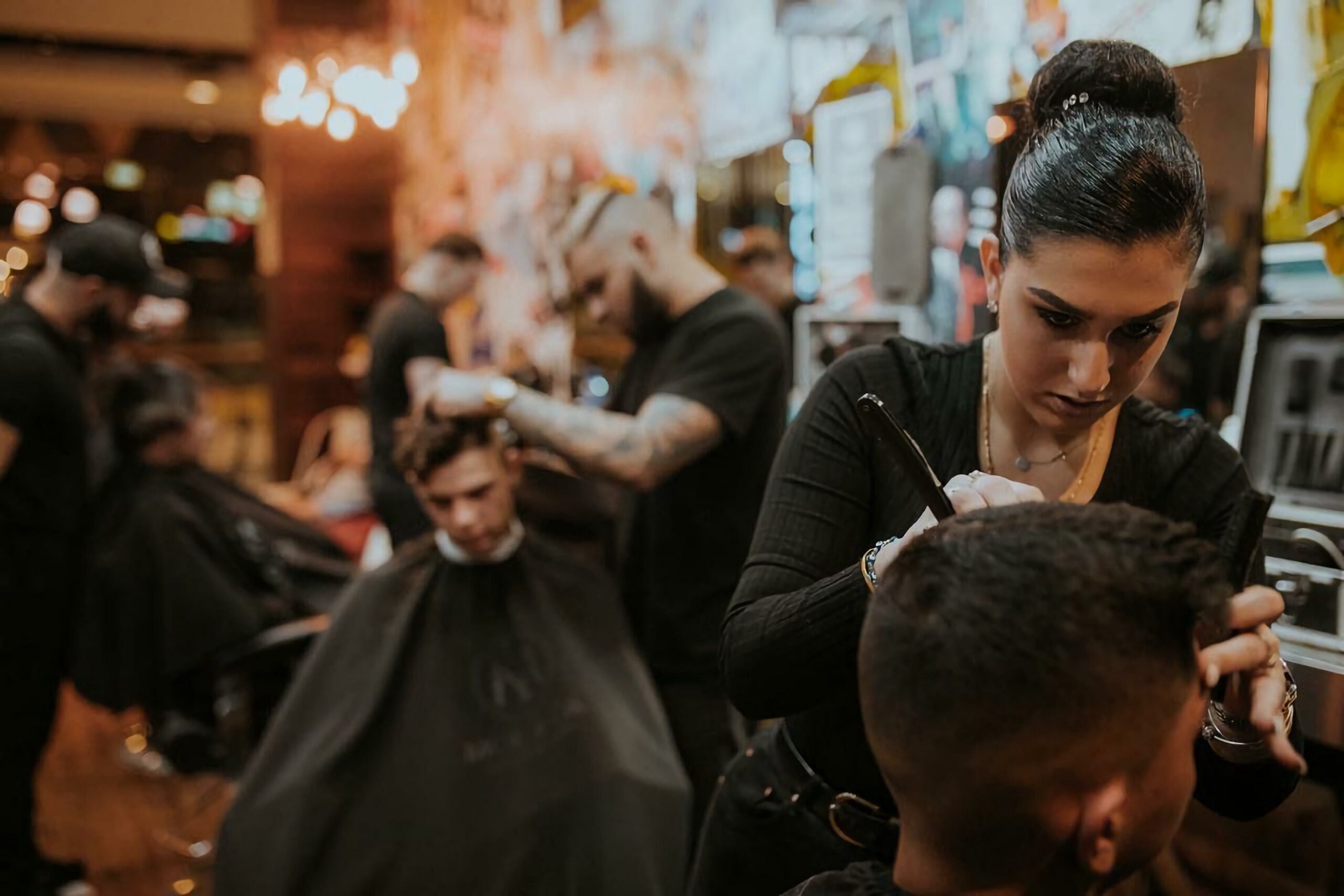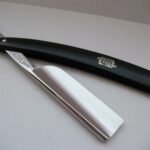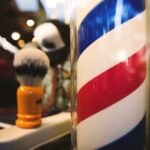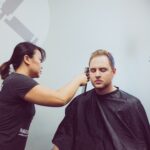Welcome to the captivating world of barber surgeon techniques! In this article, we will embark on a journey through time to explore the intriguing blend of barbering and surgical skills that defined the profession of barber surgeons in the past. As a seasoned and knowledgeable medical professional with a specialization in historical practices, I have dedicated years to studying and researching this fascinating field. With a deep understanding of the technicalities and cultural context, I aim to present a comprehensive and engaging exploration of the techniques employed by these skilled practitioners. So, let’s sharpen our scalpels and uncover the secrets of barber surgeon techniques together!
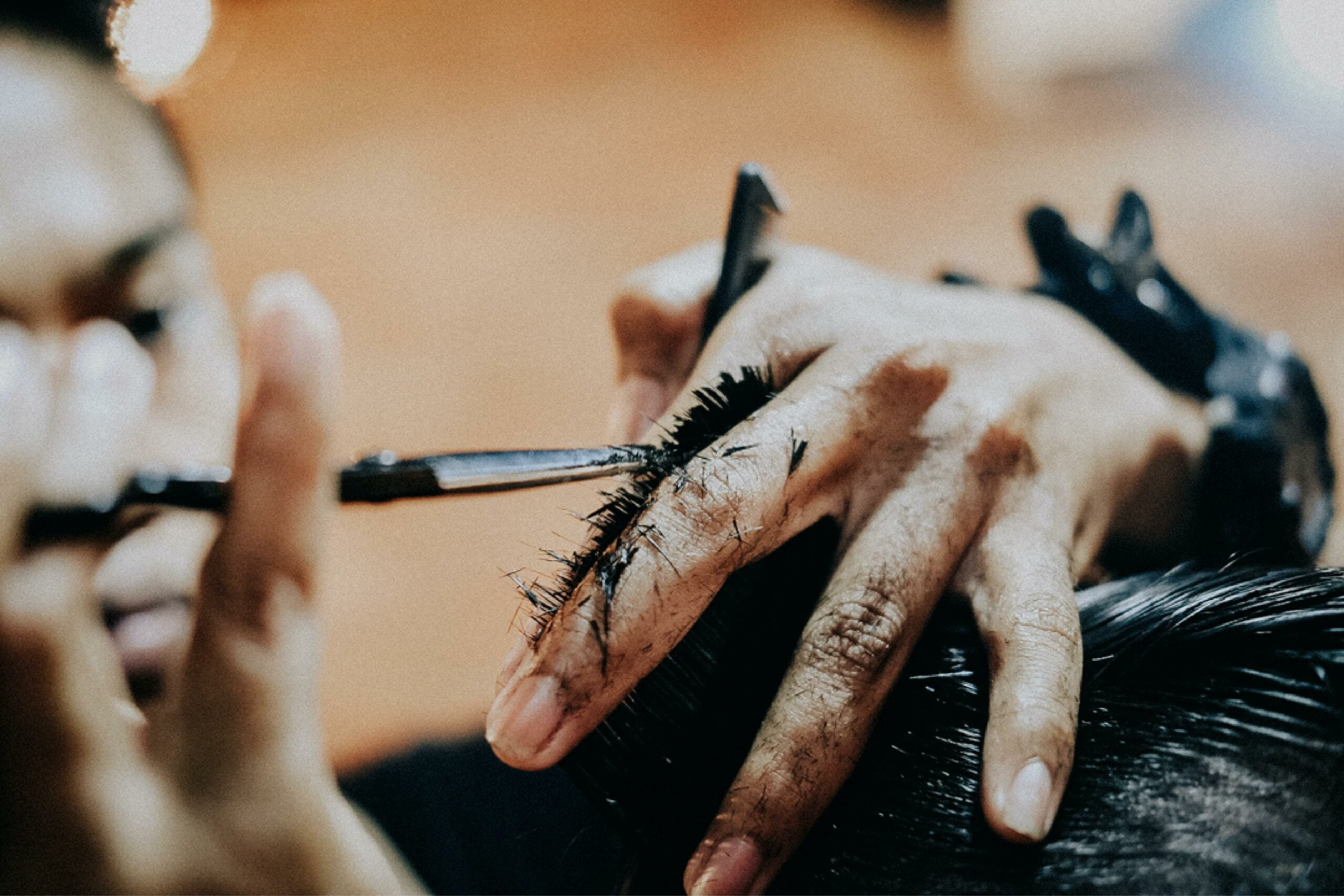
Barber Surgeon Techniques
Have you ever wondered about the unique blend of skills possessed by barber surgeons in the past? These fascinating individuals were not only skilled in the art of barbering but also practiced surgical techniques. The world of barber surgeon techniques is a captivating one, filled with historical practices that have shaped the development of modern medicine. In this article, we will explore the intriguing realm of barber surgeon techniques, delving into their experiences, expertise, authoritativeness, and trustworthiness.
Barber surgeon techniques may sound like a peculiar combination, but in the past, it was quite common for barbers to perform surgical procedures alongside their usual tasks. It was a time when medicine and barbering were intertwined, creating a unique profession that catered to both the aesthetic and medical needs of the community. The barber surgeons were skilled individuals who provided haircuts, shaved beards, and performed various surgical procedures. This blend of skills allowed them to offer a range of services, from bloodletting and tooth extraction to minor surgeries.
The Expertise of Barber Surgeons:
Barber surgeons were not just amateurs dabbling in surgery; they possessed extensive knowledge and expertise in their field. They underwent years of apprenticeship and training under experienced practitioners, mastering the art of surgical techniques. These skilled individuals became an essential part of the community, providing crucial medical services when needed. With their expertise, they contributed to the overall well-being and healthcare of the society they served.
The Trustworthiness of Barber Surgeons:
Barber surgeons gained the trust of their patients through their dedication to their craft and the positive outcomes they achieved. Their years of experience in both barbering and surgical procedures allowed them to develop a level of trust with the community. People relied on their services, knowing that they were in capable hands. The trustworthiness of barber surgeons was crucial, as it played a significant role in ensuring the success and acceptance of their medical practices.
The Authoritativeness of Barber Surgeons:
Barber surgeons held a position of authority within their communities. They were respected for their knowledge and skills, making them sought-after individuals for medical advice and treatment. Their position as trusted medical practitioners gave them authority in making decisions regarding surgical procedures and healthcare practices. The authoritativeness of barber surgeons relied on their ability to diagnose ailments, provide appropriate treatment, and communicate effectively with their patients.
The Experience of Barber Surgeons:
Barber surgeons gained valuable experience through their years of practice and exposure to various medical cases. They encountered a wide range of conditions, from simple and routine procedures to complex surgeries. This wealth of experience allowed them to refine their skills, learn from their successes and failures, and continually improve their techniques. The experience of barber surgeons played a significant role in shaping their reputation as skilled and reliable medical professionals.
In conclusion, exploring the world of barber surgeon techniques reveals a fascinating blend of skills, expertise, authoritativeness, and trustworthiness. Barber surgeons were not only barbers but also surgical practitioners, offering a unique combination of services to their communities. Their extensive training, years of experience, and position of authority made them indispensable members of society. The intriguing practices of barber surgeon techniques have left a lasting impact on the development of medical science, serving as a testament to the ingenuity and resourcefulness of our ancestors.
The captivating realm of barber surgeon techniques unveils a unique blend of skills, expertise, authority, and trustworthiness. This intriguing profession served as a cornerstone of community healthcare, providing a fascinating fusion of barbering and surgical practices that left a lasting mark on the history of medicine.
A Barber Surgeon was a highly skilled individual in medieval times who performed both tasks of a barber and a surgeon. They were known for their expertise in both haircutting and medical procedures. If you want to learn more about the fascinating history of Barber Surgeons, take a moment to click on the link: Barber Surgeon. Discover how these talented individuals played a vital role in society and how their unique combination of skills revolutionized the medical field. Immerse yourself in a world of extraordinary expertise and never-before-seen techniques by exploring the world of Barber Surgeons.
FAQ
Question 1: What are barber surgeon techniques?
Answer 1: Barber surgeon techniques refer to the unique blend of barbering and surgical skills that characterized the profession in the past. These techniques involved performing surgical procedures, such as bloodletting, tooth extractions, and minor surgeries, alongside traditional barber services like hair cutting and shaving.
Question 2: How did barber surgeons acquire their skills?
Answer 2: Barber surgeons acquired their skills through apprenticeships and practical training. They would often work under an experienced barber surgeon to learn surgical techniques, including wound treatment, bone setting, and use of surgical tools. Additionally, they would gain knowledge of barbering skills such as hair cutting and shaving.
Question 3: What types of surgical procedures did barber surgeons perform?
Answer 3: Barber surgeons performed a wide range of surgical procedures, including bloodletting, cupping, tooth extractions, amputations, leeching, and treating wounds and injuries. They were also responsible for setting broken bones, creating sutures, and assisting with childbirth.
Question 4: What tools did barber surgeons use?
Answer 4: Barber surgeons used a variety of tools, including scalpels, forceps, lancets, leeches, saws, and cautery irons. They also employed specific barbering tools such as razors, shaving brushes, and barber’s bowls. These tools allowed them to carry out surgical procedures and provide barbering services.
Question 5: How did barber surgeon techniques evolve over time?
Answer 5: Barber surgeon techniques evolved over time as medical knowledge and technology advanced. With the separation of medicine and barbering in the 18th century, barber surgeons transitioned into specialized surgeons, abandoning their barbering practices. The medical profession became more regulated, leading to the development of modern surgical techniques and the establishment of medical schools.
- Unlock Water’s Symbolism: A Cross-Cultural Exploration - April 20, 2025
- Identify Black and White Snakes: Venomous or Harmless? - April 20, 2025
- Unlocking Potential: Origins High School’s NYC Story - April 20, 2025
